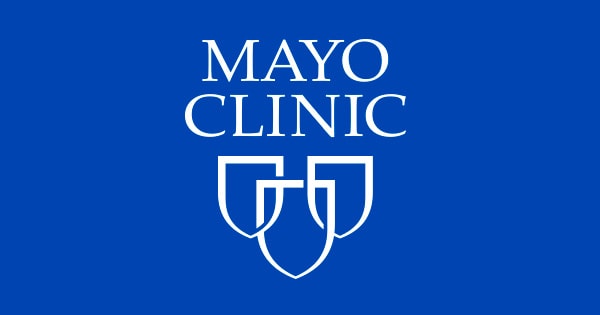Lajos_Detari
Fish Herder
- Joined
- Aug 27, 2017
- Messages
- 1,746
- Reaction score
- 1,422
If I am not wrong, I read somewhere that says that vinegar won't destroy the eggs or kill parasites though it's a good cleaning chemical as its easy to rinse it off.
Only bleach can destroy the eggs though not 100% according to some research.
But I guess bleach is still the most effective than all other chemicals like Potassium Permanganate, Hydrogen Peroxide, Methylene Blue, etc.
But according to Colin, don't leave the bleach for more than 5 mins in the tank as its corrosive and will damage the silicone.
For me, I will use concentrated bleach without dilution with water and a sponge to scrub the whole tank and quickly rinse them off with a few rounds of water.
I will leave some fresh water for a while in tank in case there is residue of bleach in the tank.
Then let the tank dry for a few days.
For nets, I like to put them in a bucket and pour boiling water on them and let them soak for 10-20mins.
Then I will dry the nets and bucket under the hot sun. But probably bleach is also effective.
The temperature of the water need to be hot.
The temperature must be above 62-75 degC or 145-167 degF to kill the bacteria and parasites.
For siphon, if you don't want to melt them, use concentrated bleach.
I will put the siphon in a tall bucket where I can soak the whole siphon in the bucket with high concentration of bleach and water.
The part where the siphon will go into the tank need to be soaked in the bleach.
I will suck the bleach + water so that the inside part of the siphon is also filled with bleach.
Let it soak for a 20-30mins or longer. Then rinse a few times and let it dry for a few days.
Note: Use the bleach in well ventilated area as the fume is bad for health especially when cleaning the tank. If you can do it outside your house in an open space will be good.
Also, wear gloves.
Also, our household bleach tend to be sticky. If you can find another type of bleach that is less sticky will be good. Colin knows this very well.
Some info here from the internets:

 www.mayoclinic.org
.
www.mayoclinic.org
.

 www.sciencedirect.com
www.sciencedirect.com
.
 www.seafoodhealthfacts.org
www.seafoodhealthfacts.org
Only bleach can destroy the eggs though not 100% according to some research.
But I guess bleach is still the most effective than all other chemicals like Potassium Permanganate, Hydrogen Peroxide, Methylene Blue, etc.
But according to Colin, don't leave the bleach for more than 5 mins in the tank as its corrosive and will damage the silicone.
For me, I will use concentrated bleach without dilution with water and a sponge to scrub the whole tank and quickly rinse them off with a few rounds of water.
I will leave some fresh water for a while in tank in case there is residue of bleach in the tank.
Then let the tank dry for a few days.
For nets, I like to put them in a bucket and pour boiling water on them and let them soak for 10-20mins.
Then I will dry the nets and bucket under the hot sun. But probably bleach is also effective.
The temperature of the water need to be hot.
The temperature must be above 62-75 degC or 145-167 degF to kill the bacteria and parasites.
For siphon, if you don't want to melt them, use concentrated bleach.
I will put the siphon in a tall bucket where I can soak the whole siphon in the bucket with high concentration of bleach and water.
The part where the siphon will go into the tank need to be soaked in the bleach.
I will suck the bleach + water so that the inside part of the siphon is also filled with bleach.
Let it soak for a 20-30mins or longer. Then rinse a few times and let it dry for a few days.
Note: Use the bleach in well ventilated area as the fume is bad for health especially when cleaning the tank. If you can do it outside your house in an open space will be good.
Also, wear gloves.
Also, our household bleach tend to be sticky. If you can find another type of bleach that is less sticky will be good. Colin knows this very well.
Some info here from the internets:

Tapeworm infection - Symptoms and causes

Inactivation of parasite transmission stages: Efficacy of treatments on food of animal origin
One third of parasitic outbreaks with known source in the US are attributable to food of animal origin (FoAO). Among 24 foodborne parasites ranked by …
 www.sciencedirect.com
www.sciencedirect.com
.
Parasites
Introduction All living organisms, including fish, can have parasites. They are as common in fish as insects are in fruits and vegetables. There are two types of parasites that can infect people through food or water: parasitic worms and protozoa.Read More Parasites
 www.seafoodhealthfacts.org
www.seafoodhealthfacts.org
Last edited:

